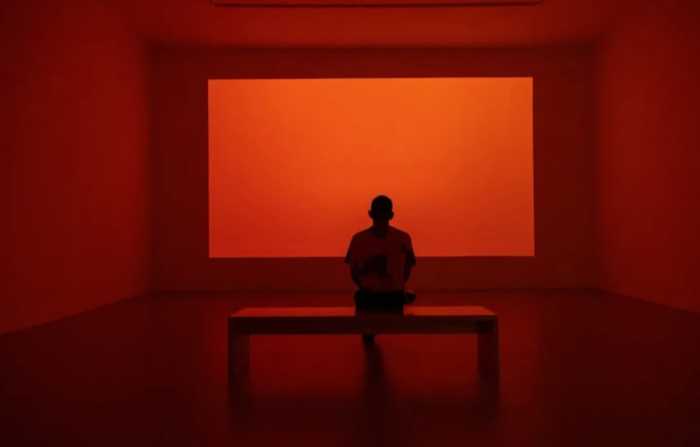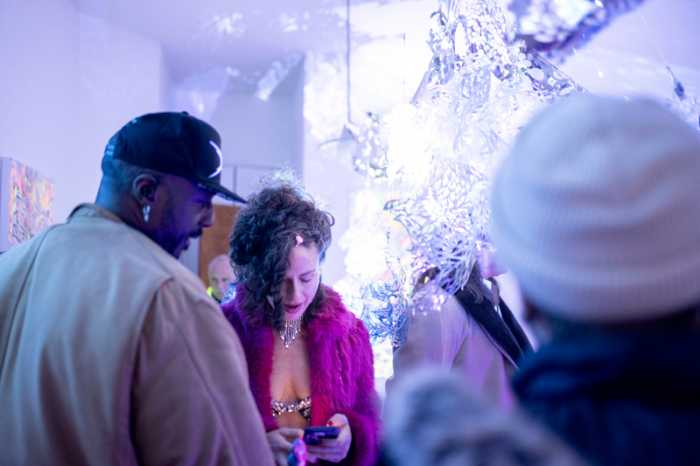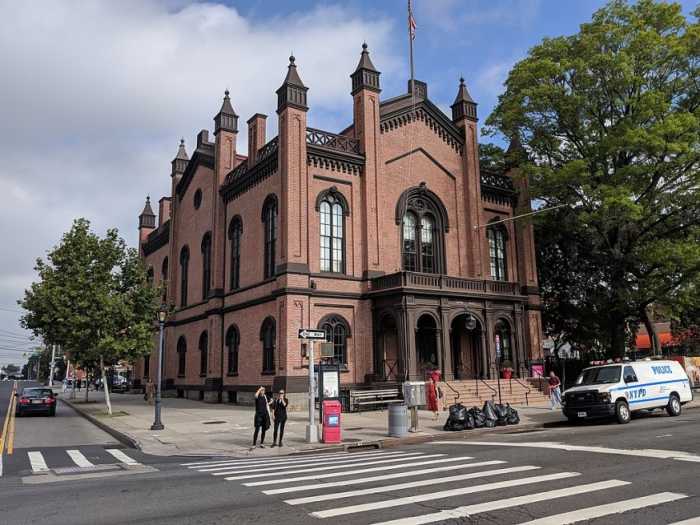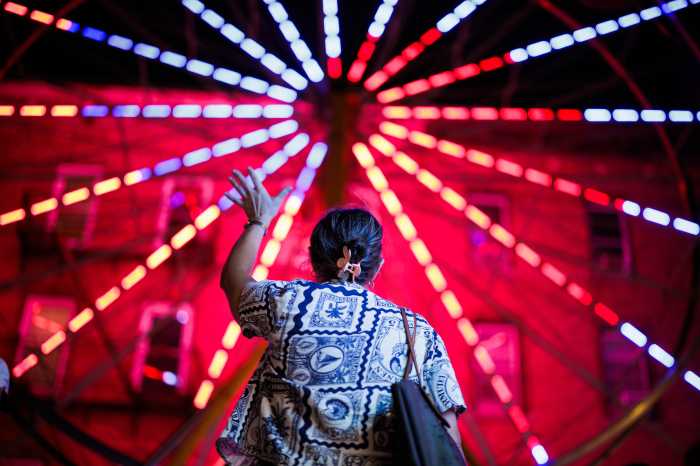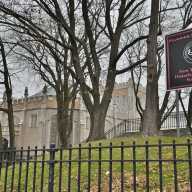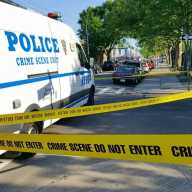New York finds itself in the perpetual balancing act of bolstering its income through commerce without sacrificing the public benefits of artistic endeavors.
And while these two concepts are not always mutually exclusive, it takes a vision that encompasses both to create the kind of place where each succeeds.
But this week in Queens it was Business 1, Art 0.
Street artists awoke Tuesday morning to discover Long Island City’s 5Pointz, an icon of the graffiti world, had been whitewashed overnight.
Owners Jerry and David Wolkoff purchased the building in 1971 and, after renting spaces to artists starting about 20 years ago, embraced the new tenants’ request to turn the building into a canvas for street art.
Thousands of artists flocked to 5Pointz to create their work. That was followed by hundreds of thousands of global tourists who made the trip out on the No. 7 train to catch yet another attraction unique to New York.
But then western Queens fortunes started to rise as more Manhattanites found themselves looking to LIC as an affordable and livable spot. And the Wolkoffs apparently figured their future looked brighter as residential rather than commercial landlords.
After a federal judge put the kibosh on a restraining order protecting the building, the Wolkoffs were free to dismantle the five-story structure and move ahead with plans to construct two residential towers on the spot.
Jerry Wolkoff said he painted over the building to spare the artists from having to endure witnessing its slow death.
“It’s like taking medicine: Get it over with all at once. Now it’s done, the torture is over,” he said.
Maybe.
Any project completed under cover of night with additional police presence, as the paint job reportedly had, does not pass the smell test.
With paying tenants in the building, it is unlikely the owners planned to start the demolition immediately.
Artists and 5Pointz fans had started a push to have the building landmarked. If that had happened, Wolkoff could not have touched the building.
Now many of his critics are arguing the whitewashing happened to prevent the building from being landmarked — its cultural significance obliterated.
No one really knows why he did it and now it really doesn’t matter as another piece of the city disappears.
Wolkoff had promised to set aside space in the new development for street artists to ply their trade, but it seems unlikely any will accept his offer.

